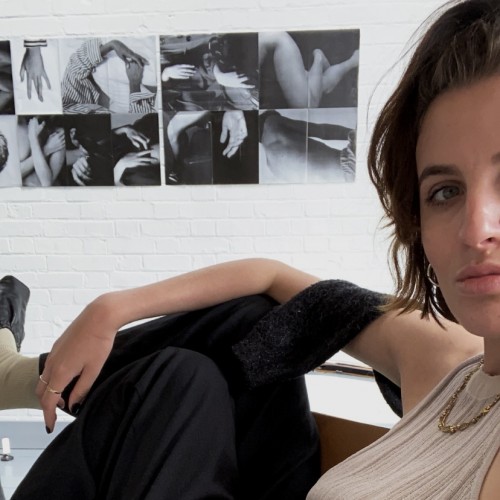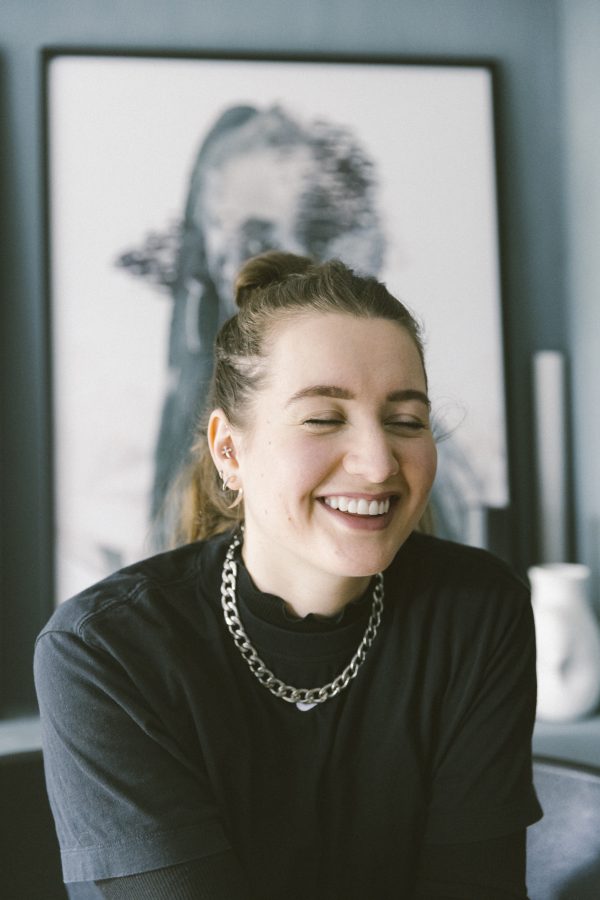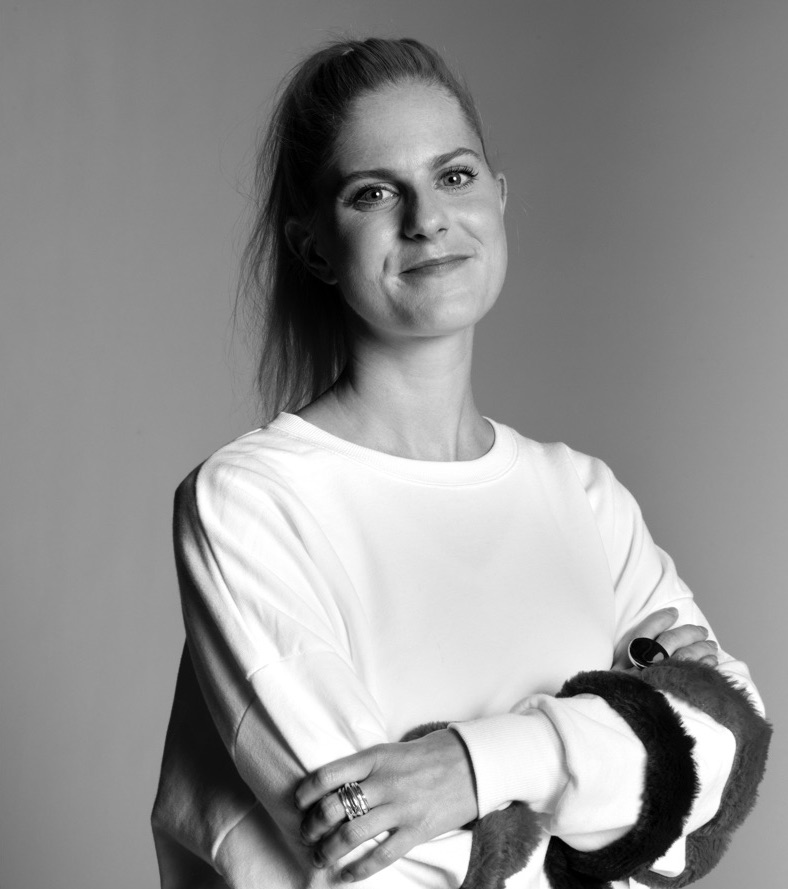Read Time 8 minutes
Historical heroines: The Pre-Raphaelite muses
I’ve been thinking lately about the way we talk about the role of the female muse in art history. It’s usually caveated in some way: ‘Oh yes she was a muse but she was so much more! She was an artist in her own right!!!‘
Not just a muse.
I get it; the point is to elevate the woman from a decorative object to a sentient person with her own agency and creativity. But I wonder if this actually risks diminishing some part a muse has to play in the creation of art, and even implies that the woman is only of historical value if she has artistic credentials herself, because being the mere inspiration is not enough.
Germaine Greer, who I honestly never thought I’d be referencing, posits that the muse is different from the paid model, which I don’t agree with [sorry, Germaine, but it’s not the only thing on which we differ]. Not every paid model is a muse, and not every muse is paid, but I don’t treat them as mutually exclusive concepts, and I think each role is deserving of respect and consideration when it comes to art history. Neither muse nor model need be a dirty word.
Neither muse nor model need to be a dirty word
The Pre-Raphaelites’ artistic principles were built on a reverence for nature and contemplations of moral purity, but for the amateur art lover such as myself it’s their distinctive depiction of women in amongst all that nature and morality for which they are known. The artists who led the movement––Rosetti, Hunt, Millais and more––referred to themselves as the Brotherhood, but it’s a sisterhood of sitters that occupy their most famous works and it’s them I want to talk about here, particularly Fanny Eaton, Jane Morris, and Lizzie Siddal.
Years later he changed his mind and decided he wanted the book back so had her body exhumed
There is plenty of folklore surrounding the Pre-Raphaelites, and the story of Lizzie Siddal nearly dying of pneumonia after posing for endless hours in a bathtub during the painting of John Everett Millais’ Ophelia [1851-2] is one that most people with an interest in art will probably have heard [if not: the candles that were lit to keep the water in the bath warm went out, and Siddal, a brave little soldier, kept schtum about it]. Sure, this is a quaint little anecdote that speaks to the treatment of artists’ models and to labour conditions for Victorians in general, but also really illustrates how much WORK being a muse was for these women. As much as there is an intangibility, an immeasurability to the purpose of a muse, it was also a job. Not to mention the emotional labour that must have gone into being married to fragile and fickle Dante Gabriel Rossetti [more Pre-Raphaelite mythology: when Siddal died she was buried in the Rossetti family plot in Highgate Cemetery with a book of his unpublished poetry. Years later he changed his mind and decided he wanted the book back so had her body exhumed!!!! Incidentally he also elected not to be buried in his own family plot, with his wife, but is buried elsewhere. I can’t help but think Lizzie’s immortal soul is better off without his].
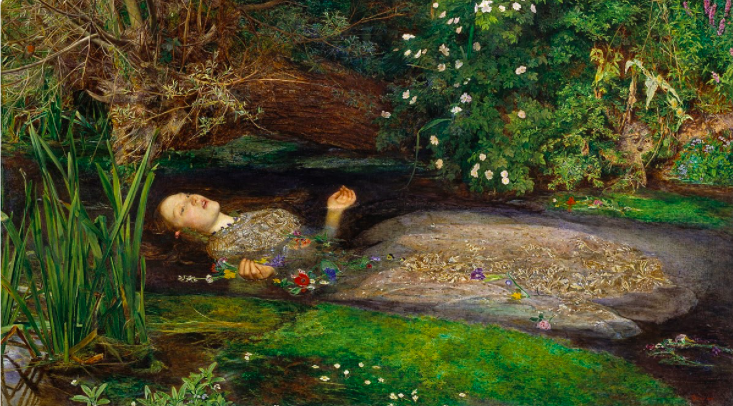
I have been to Siddal’s grave on numerous occasions, have sat in the audience at plays and watched television that tells the story of her short but fascinating life, and I have read extensively about her, but even after all that it’s her image as rendered by male artists that is burned into my brain – the quintessence of Pre-Raphaelite beauty; porcelain skin and flowing red hair. The combination of celestial beauty and tragic life story makes her history’s definitive choice for the ultimate Pre-Raphaelite woman, and she inspired a body of work that is still famous today, her likeness as Ophelia has been reproduced into posters and postcards that adorn bedroom walls the world over. I don’t think this reduces her as something merely decorative, I think it’s a fascinating legacy and one that took hard work to cultivate.
Society has ostensibly progressed past the point where mere diversity optics are considered adequate in the fight for racial equality, but still now representation matters, and it mattered in the nineteenth century too. For Fanny Eaton, a Black woman, to have been painted as an idealised standard of beauty in the Victorian era is actually incredibly fucking important – even if ideally we would prefer that there was no ‘idealised standard of beauty’ at all, and especially one as seen through the male gaze. Fanny Eaton was a Jamaican-British model who was born only two years after the 1833 Slavery Abolition Act was passed in British Parliament, and 185 years later some people can’t even bring themselves to agree that Black lives – and this surely should be the very mimimum concession; matter.
Renderings of Eaton from the time are somewhat racialised or exoticised––and in some, like Rossetti’s 1865 painting The Beloved, Eaton’s figure is obscured, or relegated to the background only––but largely I think her portraits were created with the same sentimentality and realist regard for certain features [hair, nose, jawline] that makes the Pre-Raphaelite aesthetic beloved by so many. Interestingly the most beautiful of her portraits is by a female artist, Joanna Boyce Wells. Go figure.
Fanny Eaton was not an artist herself, and there is no evidence that suggests her role as model was in any way a collaborative one with the respective artists. She was a domestic servant who supplemented her income by sitting for artists who would then use her likeness at their pleasure. But if Eaton is regarded as ‘just’ a muse, or ‘just’ a model, that belittling takes away from her place in art history in a way I think is unjust. By the time Eaton died in 1924 the landscape of Black women in mainstream culture looked very different from when she started out in her own Victorian precursor to the modern side-hustle. The 1920s saw Josephine Baker become the first Black woman to star in a major motion picture, many African American musicians were rising to prominence, and Virgil Thomson’s opera Four Saints in Three Acts debuted with an all-Black cast. I think it’s pretty important that Fanny Eaton be included in this cultural legacy, afterall her portrait hung at the Royal Academy in 1860, in what was a vastly different world to the succeeding decades.
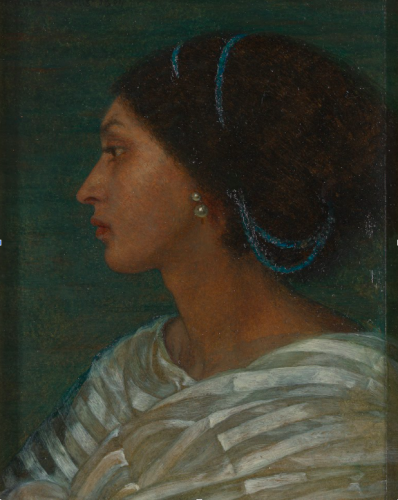
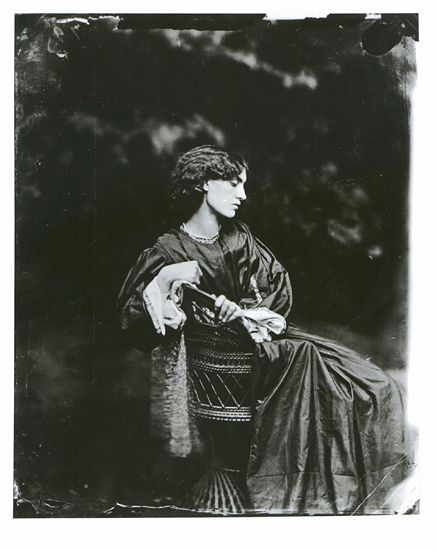
‘It’s hard to say [whether] she’s a grand synthesis of all the Pre-Raphaelite pictures ever made – or they a ‘keen analysis’ of her – whether she’s an original or a copy. In either case she is a wonder.’ This was Henry James’ musing on Jane Morris, one half of a couple who definitely features on my fantasy dinner party guest list. Wife of William [who we are taught about in British schools as wallpaper designer rather than raging socialist, but he was in fact both], lover of Rossetti, star of Pre-Raphaelite pictures, embroiderer, and plausible inspiration for the character of Eliza Doolittle. Jane Morris, as we might say, contained multitudes.
What James, her contemporary, was saying essentially, is that it’s difficult to determine whether Morris was the chicken or the egg of the Pre-Raphaelite aesthetic, but I am going to say egg; the Brotherhood was inspired by her, and not the other way around.
There is something about the Pre-Raphaelite story and aesthetic that endures, after all they are a household name in a way that other more influential artistic movements are not. I love the idea that Jane Morris inadvertently had this impact on visual culture, alongside her other achievements and interests.
I tend to think of the relationship between artist and muse as collaborative, and their influence far greater than purely aesthetic, though this might be because I come from a fashion background where the concept of muse is cherished and fashion muses like Betty Catroux, Grace Jones, and Leigh Bowery are treated as ICONS. Even in instances where the relationship was not collaborative, to dismiss the role as ‘just’ a muse is to write out its significance in visual history.
Lizzie Siddal, Jane Morris, and Fanny Eaton are just three women who sat for works by the Pre-Raphaelite brotherhood, and there were female artists that are as much a part of the movement’s legacy as the men who made it famous. Without these women the artistic style that has so captured the imaginations of art lovers to this day would probably look a whole lot different, if existing at all – which means their contribution to the history of art and design is significant, and perhaps we would do well to reconsider the way in which we frame the idea of a muse, so as not to reduce its importance, in its own right.
END
subscribe for the latest artist interviews,
historical heronies, or images that made me.
what are you in the mood for?

